Kenya
Welcome to Kenya
Kenya is a country of striking contrasts and breathtaking beauty. It boasts over 60 national parks and game reserves where wildlife roams freely across sprawling savannahs and lush forests. The Great Rift Valley, with its dramatic escarpments and shimmering lakes, provides a stunning backdrop to many safari adventures. Nairobi, the bustling capital, is a modern metropolis where you can explore museums, markets, and vibrant nightlife. Along the coast, historic towns like Mombasa and Lamu offer a glimpse into Kenya’s Swahili heritage, with their narrow streets, coral stone buildings, and inviting beaches. With a population exceeding 52 million, Kenya is a melting pot of ethnic groups, languages, and traditions. English and Swahili are the official languages, making communication accessible for most visitors. The country’s economy benefits significantly from tourism, which is centered on its natural wonders and cultural richness.
1.
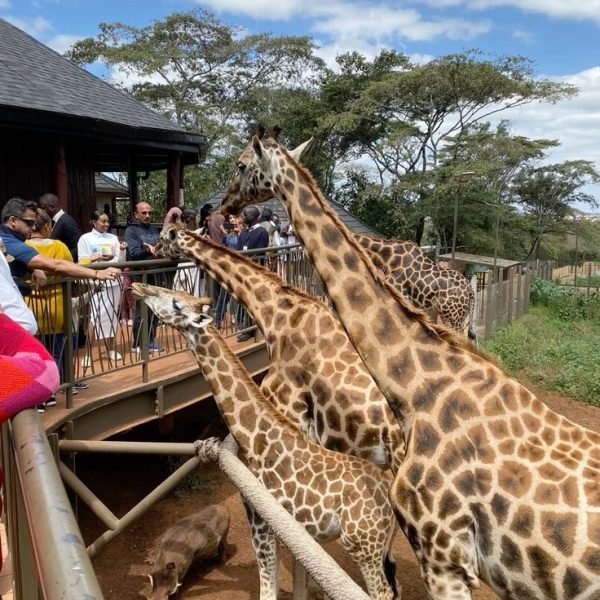
2.

Planning Your Trip
Visa Information
Best Time to Visit
Getting To and Around
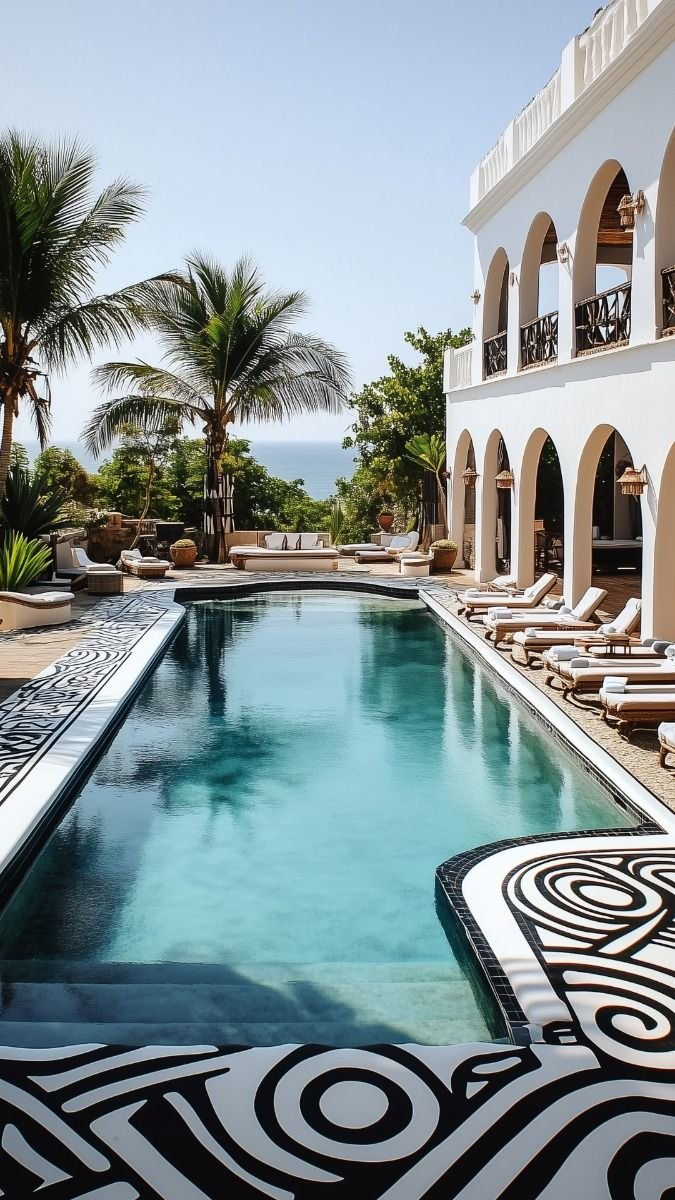
Accommodation
Accommodation Options
Budget and Mid-Range Options
For travelers on a budget or those seeking a more authentic, local experience, Kenya has numerous campsites, guesthouses, and budget lodges. Campsites and bandas (simple huts) near national parks typically cost between $20 and $50 per night. These basic accommodations often feature shared bathrooms and limited amenities but provide a unique chance to stay close to nature and wildlife. You might find yourself falling asleep to the calls of wild animals or waking up to spectacular sunrises over the savannah.
Self-catering cottages and guesthouses are popular around towns like Naivasha, Nanyuki, and the outskirts of Nairobi. These usually cost between $50 and $120 per night and offer more comfort, including private bathrooms, kitchens, and garden spaces. They are ideal for families or independent travelers who want flexibility and a homely atmosphere.
Mid-range safari camps and lodges, priced from $120 to $250 per night, provide a comfortable balance between luxury and authenticity. These accommodations often include en suite bathrooms, hot showers, and meals, with guided game drives and sundowners as part of the experience. Many are located just outside major parks such as the Maasai Mara or Amboseli, allowing easy access to wildlife viewing while offering warm hospitality and cozy settings.
Luxury and Exclusive Stays
For those seeking indulgence, Kenya’s luxury lodges and conservancy camps offer world-class comfort and unforgettable experiences. Prices typically start around $300 per night and can exceed $1,000 in exclusive conservancies or fly-in camps. These lodges often feature spacious tents or suites with private decks, infinity pools, gourmet dining, and personalized service. Imagine enjoying a bush breakfast while watching elephants roam nearby or relaxing in a villa overlooking the Indian Ocean.
Fly-in lodges in remote locations like the Laikipia Plateau or the Chyulu Hills provide ultimate privacy and access to pristine wilderness. These are perfect for travelers who want to combine adventure with luxury, including private guides, walking safaris, and community visits.
Coastal and Urban Accommodation
Kenya’s coastline also boasts a variety of accommodations, from beach resorts and villas to boutique hotels. Areas like Diani, Watamu, and Malindi offer beachfront properties with stunning views, perfect for snorkeling, diving, or simply unwinding by the sea. Prices range from $70 to $150 per night for serviced apartments and rentals, which often include kitchens and Wi-Fi, allowing for a relaxed and flexible stay.
In cities like Nairobi and Mombasa, you’ll find everything from budget hostels to upscale hotels. Nairobi’s hotels often cater to business travelers and tourists alike, offering conference facilities, pools, and fine dining. Family-friendly lodges near Nairobi also provide easy access to attractions like the Giraffe Centre and David Sheldrick Elephant Orphanage.

Food and Drink
Kenyan cuisine is a delightful reflection of the country’s diverse cultures and landscapes. From hearty meat dishes to fresh seafood and vibrant street food, the culinary scene offers something for every palate.
Traditional Kenyan Dishes
Staple foods in Kenya often include maize, beans, rice, and vegetables, accompanied by meat or fish. One of the most famous dishes is ugali, a dense maize flour porridge that serves as a base for many meals. It is typically eaten with sukuma wiki (collard greens), nyama choma (grilled meat), or stews.
Nyama choma is a beloved Kenyan barbecue, usually made from goat, beef, or chicken, and is often enjoyed socially with friends and family. It’s commonly served with kachumbari, a fresh tomato and onion salad that adds a refreshing contrast.
Other popular dishes include chapati (a type of flatbread influenced by Indian cuisine), samosas (fried pastry pockets filled with meat or vegetables), and mandazi (fried doughnuts often enjoyed as snacks or breakfast).
Coastal and Swahili Influences
Along the coast, the cuisine reflects Swahili and Arab influences, with an emphasis on seafood and aromatic spices. Dishes like pilau (spiced rice with meat or fish), coconut rice, and fish curry are common. Fresh seafood such as prawns, crab, and octopus is widely available and often grilled or cooked in flavorful sauces.
Street food stalls and markets are great places to sample local flavors, offering everything from roasted maize (corn) to fried fish and sugarcane juice.
International and Contemporary Options
Kenya’s urban centers, especially Nairobi, boast a growing number of restaurants serving international cuisines, including Indian, Italian, Chinese, and Middle Eastern fare. Many hotels and lodges provide a mix of local and global dishes, catering to diverse tastes and dietary needs.
Drinks
Kenya is famous for its tea and coffee. Kenyan tea is typically strong and served with milk and sugar, while Kenyan coffee is renowned worldwide for its rich flavor and aroma. Fresh fruit juices and smoothies made from mangoes, passion fruit, and pineapples are widely enjoyed.
For alcoholic beverages, Tusker is the most popular local beer, brewed in Kenya since 1922. You’ll also find a variety of wines and spirits in urban areas and lodges.
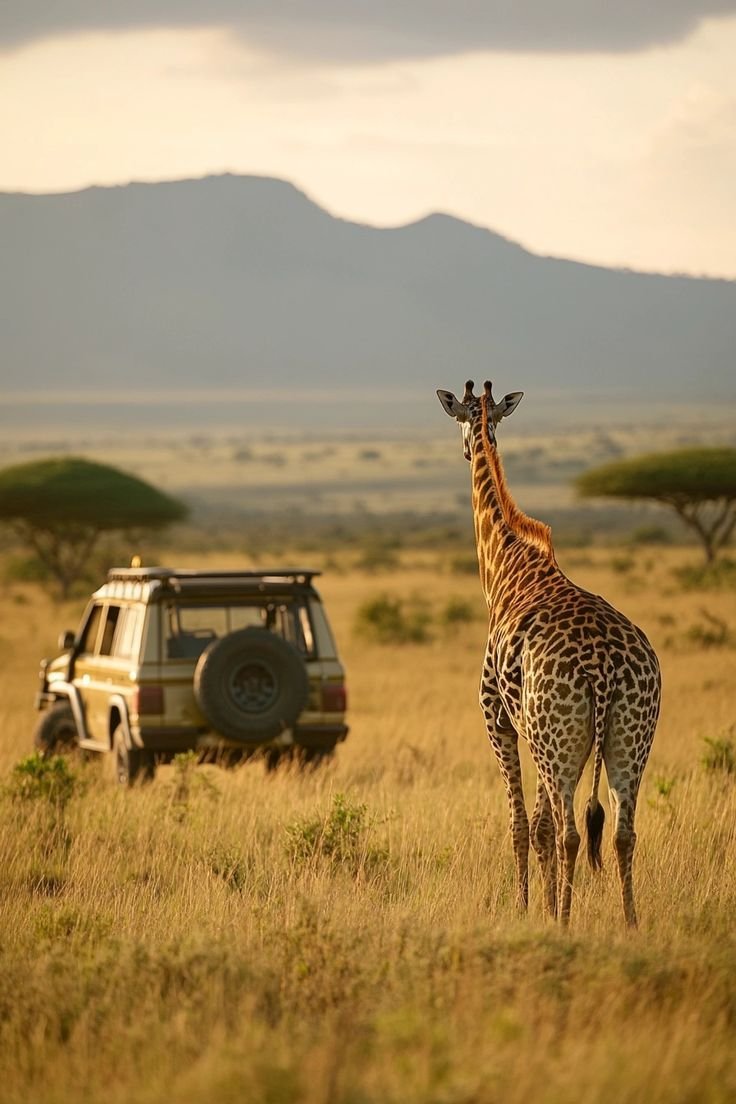
Must-See Attractions
- Maasai Mara National Reserve
The Maasai Mara is Kenya’s most iconic wildlife reserve and a top draw for visitors worldwide. Famous for the Great Migration, which occurs from July to October, millions of wildebeests, zebras, and gazelles cross the Mara River in a dramatic display of survival. Beyond the migration, the Maasai Mara is home to the Big Five—lion, elephant, leopard, buffalo, and rhino—making it a prime destination for game viewing and photography. The reserve’s sweeping golden plains and acacia-studded landscapes offer a classic African safari backdrop. Visitors can also engage with the Maasai community to learn about their traditions and way of life.
- Amboseli National Park
Nestled at the foot of Mount Kilimanjaro, Amboseli National Park is renowned for its stunning vistas of Africa’s highest peak and its large elephant herds. The park’s open plains and swamps attract diverse wildlife, including lions, cheetahs, and a variety of bird species. Amboseli is especially popular for photographers seeking iconic shots of elephants with Kilimanjaro in the background. The park also offers cultural experiences with the Maasai people, enriching your visit with insights into their pastoral lifestyle.
- Nairobi National Park
A unique wildlife sanctuary located just outside Nairobi’s bustling city center, Nairobi National Park offers a condensed safari experience with the city skyline as a backdrop. Visitors can spot rhinos, lions, giraffes, zebras, and more within a short drive from the capital. The park also hosts a rhino conservation program and is accessible for day trips, making it an excellent introduction to Kenya’s wildlife for those with limited time.
- Mount Kenya National Park
Mount Kenya, Africa’s second-highest peak, is a UNESCO World Heritage Site and a haven for hikers and nature lovers. The park features glaciers, alpine forests, and diverse wildlife such as black and white colobus monkeys, leopards, and elephants. Climbing Mount Kenya offers a challenging but rewarding adventure, with routes ranging from moderate to difficult. The surrounding area includes luxury accommodations like the Fairmont Mount Kenya Safari Club, providing a comfortable base for exploration.
- Diani Beach
For those seeking sun, sand, and sea, Diani Beach on Kenya’s south coast is a tropical paradise. Its white sandy beaches and turquoise waters are perfect for swimming, snorkeling, and diving among coral reefs. The area also offers vibrant nightlife, seafood restaurants, and opportunities to explore nearby marine parks. Diani is ideal for relaxation after a safari or as a standalone beach holiday destination.
- Hell’s Gate National Park
Hell’s Gate is one of Kenya’s few parks where visitors can explore on foot or by bicycle. Known for its dramatic red cliffs, gorges, and geothermal features like hot springs and geysers, the park offers hiking, rock climbing, and wildlife viewing. Animals such as baboons, ostriches, and gazelles roam freely. The Maasai Cultural Centre within the park provides cultural performances and crafts, adding a rich cultural dimension to your visit.
- Samburu National Reserve
Located in northern Kenya, Samburu offers a different wildlife experience with species unique to the region, such as Grevy’s zebra, reticulated giraffe, and Somali ostrich. The Ewaso Ng’iro River nourishes the reserve, attracting abundant wildlife and birdlife. Samburu’s rugged landscapes and fewer tourists make it a peaceful and authentic safari destination.
- Sheldrick Wildlife Trust
Near Nairobi, the Sheldrick Wildlife Trust is a leading conservation organization dedicated to rescuing and rehabilitating orphaned elephants and rhinos. Visitors can meet the young elephants during daily public viewing sessions and learn about conservation efforts. It’s a heartwarming and educational experience that highlights Kenya’s commitment to wildlife protection.
- Giraffe Centre
Also near Nairobi, the Giraffe Centre is a sanctuary for the endangered Rothschild giraffe. Visitors can feed giraffes from an elevated platform and learn about giraffe conservation. The center is family-friendly and offers a close-up encounter with one of Africa’s most beloved animals.
- Karen Blixen Museum
Located in the leafy Nairobi suburb of Karen, this museum was once the home of the famous Danish author Karen Blixen, known for her book “Out of Africa.” The museum offers a glimpse into colonial Kenya’s history, with well-preserved gardens and period furnishings. It’s a must-visit for literature and history enthusiasts.
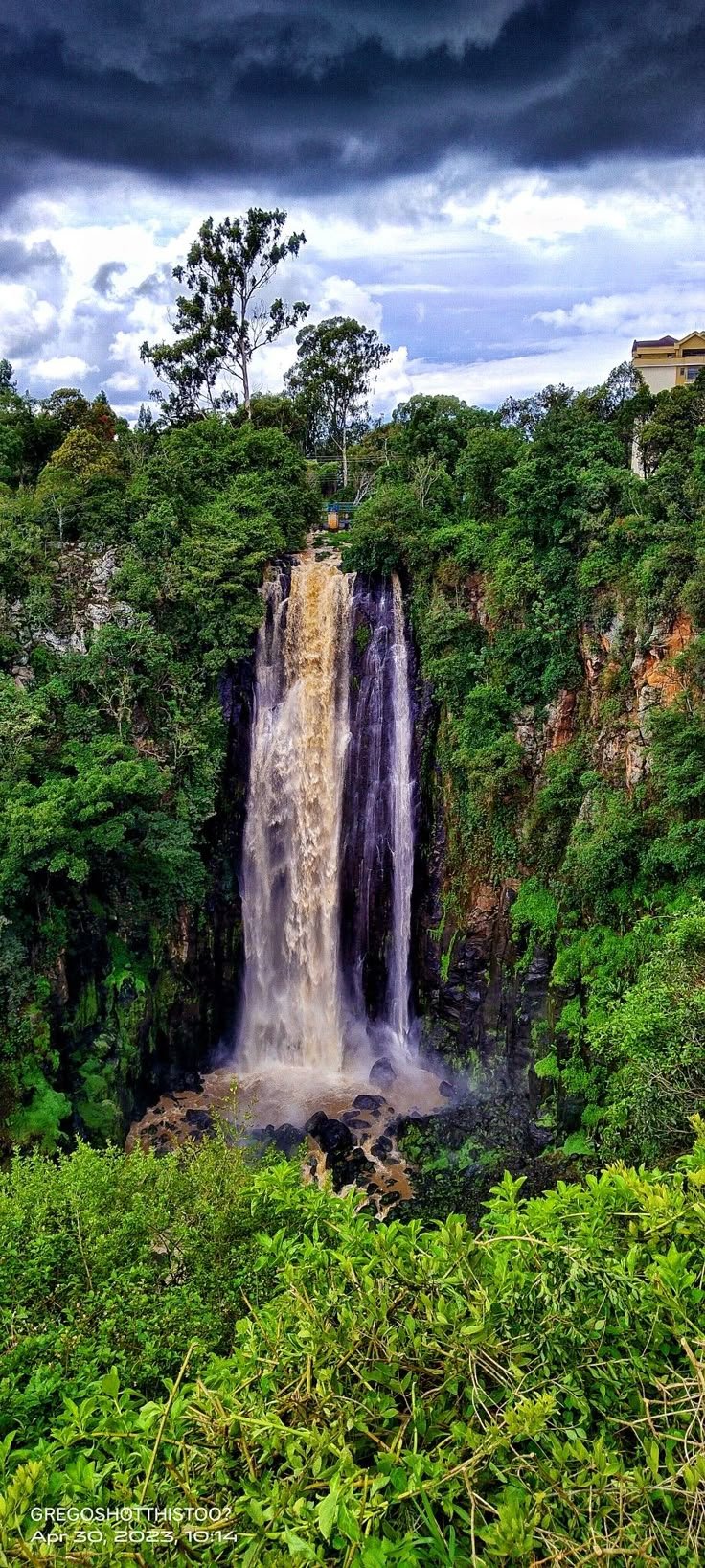
Must-Do Activities
- Safari Game Drives
No trip to Kenya is complete without a safari. Game drives in the Maasai Mara, Amboseli, Samburu, or other parks allow you to witness Africa’s majestic wildlife in their natural habitat. Early morning and late afternoon drives are best for spotting animals when they are most active. Guided by experienced rangers, you can track lions, elephants, cheetahs, and more, capturing stunning photographs and unforgettable memories.
- Hot Air Balloon Safari
For a truly magical perspective, take a hot air balloon ride over the Maasai Mara or other reserves. Floating silently above the plains at sunrise, you can watch wildlife from above and enjoy panoramic views of the landscape. Most balloon safaris end with a champagne breakfast in the bush, adding a touch of luxury to the adventure.
- Cultural Visits and Maasai Experiences
Engage with Kenya’s indigenous communities, especially the Maasai, to learn about their traditions, crafts, and way of life. Many conservancies and lodges offer cultural visits where you can witness traditional dances, visit villages, and purchase handmade jewelry and crafts. These interactions provide meaningful insights and support local communities.
- Hiking and Trekking
Beyond Mount Kenya, Kenya offers numerous trekking opportunities. Hell’s Gate National Park is ideal for hiking and rock climbing, with trails through gorges and volcanic formations. The Aberdare Range and Mount Longonot also provide excellent hiking experiences for those looking to explore Kenya’s diverse terrain on foot.
- Beach and Water Sports
Kenya’s coastline is perfect for water-based activities. At Diani Beach, Watamu, and Malindi, you can snorkel among coral reefs, dive to explore marine life, go kite surfing, or simply relax on pristine beaches. Boat trips to nearby islands offer opportunities for dolphin watching and deep-sea fishing.
- Bird Watching
Kenya is a birdwatcher’s paradise, with over 1,100 bird species recorded. Lake Nakuru and Lake Naivasha are famous for their flamingo populations and diverse birdlife. Samburu and other reserves also offer excellent birding opportunities, making this a rewarding activity for nature lovers.
- Visit Conservation Projects
Beyond the Sheldrick Wildlife Trust and Giraffe Centre, Kenya hosts several conservation initiatives where visitors can learn about efforts to protect endangered species and habitats. Ol Pejeta Conservancy, for example, offers rhino tracking and chimpanzee sanctuaries, combining wildlife conservation with community development.
- Explore Nairobi’s Urban Attractions
Nairobi is a vibrant city with museums, markets, and restaurants worth exploring. The Nairobi National Museum showcases Kenya’s cultural and natural heritage. The Maasai Market offers local crafts and souvenirs, while restaurants serve delicious Kenyan and international cuisine. Nairobi also has lively nightlife for those seeking entertainment after a day of sightseeing.
- Photography Safaris
Kenya’s diverse landscapes and wildlife make it a dream destination for photographers. Specialized photography safaris focus on capturing the perfect shot of animals, landscapes, and cultural scenes, often with expert guides who understand the best locations and times for photography.
- Relax at Luxury Lodges and Camps
After days of adventure, unwind at one of Kenya’s luxury lodges or tented camps. Many offer spa treatments, gourmet dining, and breathtaking views. Staying in a luxury camp in the heart of the wilderness combines comfort with the thrill of being close to nature.
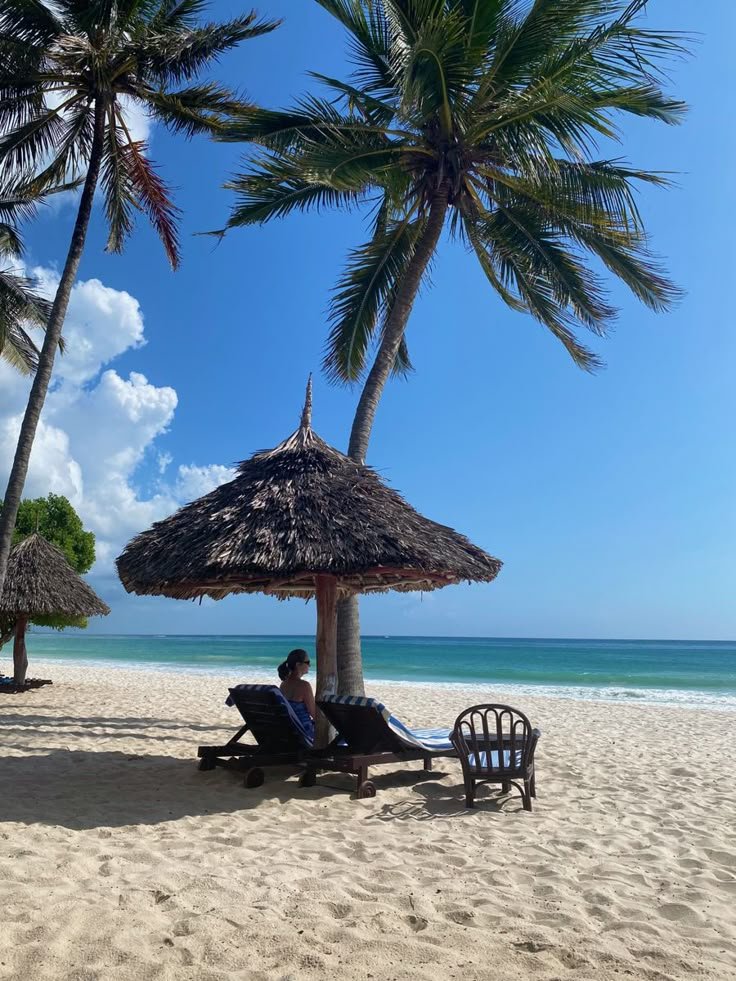
Travel Tips
Traveling to Kenya in 2025 promises an enriching experience filled with breathtaking wildlife, vibrant cultures, and stunning landscapes. To ensure your trip is smooth, enjoyable, and safe, it’s vital to be well-prepared. This guide offers practical travel tips covering safety advice, local customs, and language basics to help you navigate Kenya confidently and respectfully.
Safety Advice
Kenya remains one of Africa’s most popular safari destinations, welcoming millions of visitors annually. While the country is generally safe for tourists, exercising caution and following local advice is essential to avoid unnecessary risks.
Health Precautions
Kenya is a high-risk malaria zone, especially in lowland areas and during the rainy seasons. Before traveling, consult your healthcare provider to obtain a prescription for effective antimalarial medication and carry it with you, as local pharmacies may not always have the required drugs. Using insect repellent containing DEET and sleeping under mosquito nets, particularly in rural areas and lodges, is strongly recommended to prevent mosquito bites.
Vaccinations for yellow fever, typhoid, hepatitis A, and routine immunizations should be up to date. Carry a basic first aid kit and ensure you have travel insurance covering medical evacuation if necessary.
Personal Safety and Security
- Be Vigilant in Urban Areas: Cities like Nairobi, Mombasa, and Kisumu offer vibrant experiences but also present typical urban challenges such as pickpocketing, bag-snatching, and petty theft, especially in crowded markets, bus stations, and tourist hotspots. Avoid displaying flashy jewelry, expensive electronics, or large amounts of cash. Use a money belt or an anti-theft bag and keep your belongings close.
- Avoid Walking Alone at Night: After dark, it’s safer to use reputable taxis or ride-hailing services such as Uber, Bolt, or Little Cab rather than walking. If you must walk, stay in well-lit, busy areas and avoid isolated streets.
- Stay Alert to Scams: Be cautious of strangers offering unsolicited help or tours. Always use official guides and services recommended by your hotel or trusted sources.
- Travel During Daylight Hours: Road travel is safest during the day. Avoid driving or walking at night due to poor road lighting, traffic hazards, and increased crime risks.
- Road Safety: Kenyan roads vary in quality. Major highways are generally well-maintained, but minor roads can be rough and challenging, especially during the rainy season. Drivers often disregard traffic rules, and reckless driving is common. If you plan to self-drive, ensure you have a valid international driving permit, wear seat belts at all times, and avoid speeding.
- Public Transport Caution: Matatus (shared minibuses) and boda-bodas (motorcycle taxis) are widely used but can be risky due to reckless driving and occasional criminal activity. Use them cautiously and avoid traveling on overcrowded vehicles.
- Keep Copies of Important Documents: Make photocopies of your passport, visa, travel insurance, and emergency contacts. Store copies separately from the originals.
- Emergency Contacts: Save local emergency numbers on your phone: Police and Ambulance – 999 or 112. Also, register with your embassy or consulate upon arrival for assistance if needed.
Wildlife and Safari Safety
When on safari, always follow your guide’s instructions. Never leave your vehicle unless explicitly permitted, as wildlife can be unpredictable and dangerous. Respect park rules and maintain a safe distance from animals.
Local Customs
Kenya is a culturally diverse country with over 40 ethnic groups, each with unique traditions and social norms. Respecting local customs enhances your experience and fosters positive interactions with Kenyans.
Greetings and Social Etiquette
- Greetings Matter: A warm greeting is important in Kenyan culture. Common greetings include “Jambo” or “Habari” (Hello/How are you?). When meeting someone, a handshake is customary, often accompanied by a smile and eye contact.
- Respect for Elders: Elders are highly respected. When greeting, it’s polite to address older people with titles such as “Baba” (father) or “Mama” (mother).
- Dress Modestly: While urban areas are relatively liberal, rural and coastal regions tend to be more conservative. Dress modestly, especially when visiting villages or religious sites. Women should avoid revealing clothing, and men should avoid wearing shorts in rural areas.
- Photography Etiquette: Always ask permission before photographing people, especially in rural communities or during cultural ceremonies. Some may expect a small tip in exchange for photos.
- Tipping: Tipping is appreciated but not mandatory. In restaurants, 10% is customary if service charge is not included. Safari guides, drivers, and hotel staff often receive tips for good service.
- Respect Religious Practices: Kenya is religiously diverse, with Christianity and Islam being predominant. When visiting mosques or churches, dress appropriately and observe local customs.
Language Basics
Kenya’s official languages are English and Swahili (Kiswahili), both widely spoken and understood, especially in urban and tourist areas. Learning a few basic Swahili phrases can greatly enhance your interactions and show respect for the local culture.
Common Swahili Phrases
- Hello: Jambo or Habari
- How are you?: Habari gani?
- Good morning: Habari za asubuhi
- Good evening: Habari za jioni
- Thank you: Asante
- Thank you very much: Asante sana
- Yes: Ndiyo
- No: Hapana
- Please: Tafadhali
- Excuse me / Sorry: Samahani
- Goodbye: Kwaheri
- What is your name?: Jina lako nani?
- My name is…: Jina langu ni…
Using these simple phrases can open doors and create friendly exchanges with locals.
Final Tips for a Smooth Journey
Additional Practical Tips
- Currency and Payments: The Kenyan shilling (KES) is the local currency. Credit cards are accepted in most hotels, lodges, and major shops, but cash is preferred in rural areas and markets. ATMs are widely available in cities but use those inside banks or malls for security.
- Water Safety: Avoid drinking tap water. Stick to bottled or purified water to prevent waterborne illnesses.
- Respect the Environment: Kenya’s natural beauty is precious. Dispose of waste responsibly, avoid disturbing wildlife, and support eco-friendly tourism initiatives.
- Cultural Sensitivity: When visiting Maasai or other indigenous communities, be respectful of their customs and privacy. Avoid touching sacred objects or entering restricted areas without permission.
Kenya in 2025 offers travelers an extraordinary blend of adventure, culture, and natural beauty. By taking sensible safety precautions, respecting local customs, and learning basic language skills, you can enrich your travel experience and ensure a safe, respectful, and memorable visit. Stay informed, remain vigilant, and embrace the warmth and diversity that Kenya has to offer. With these travel tips in mind, your Kenyan journey will be not only thrilling but also smooth and rewarding.

